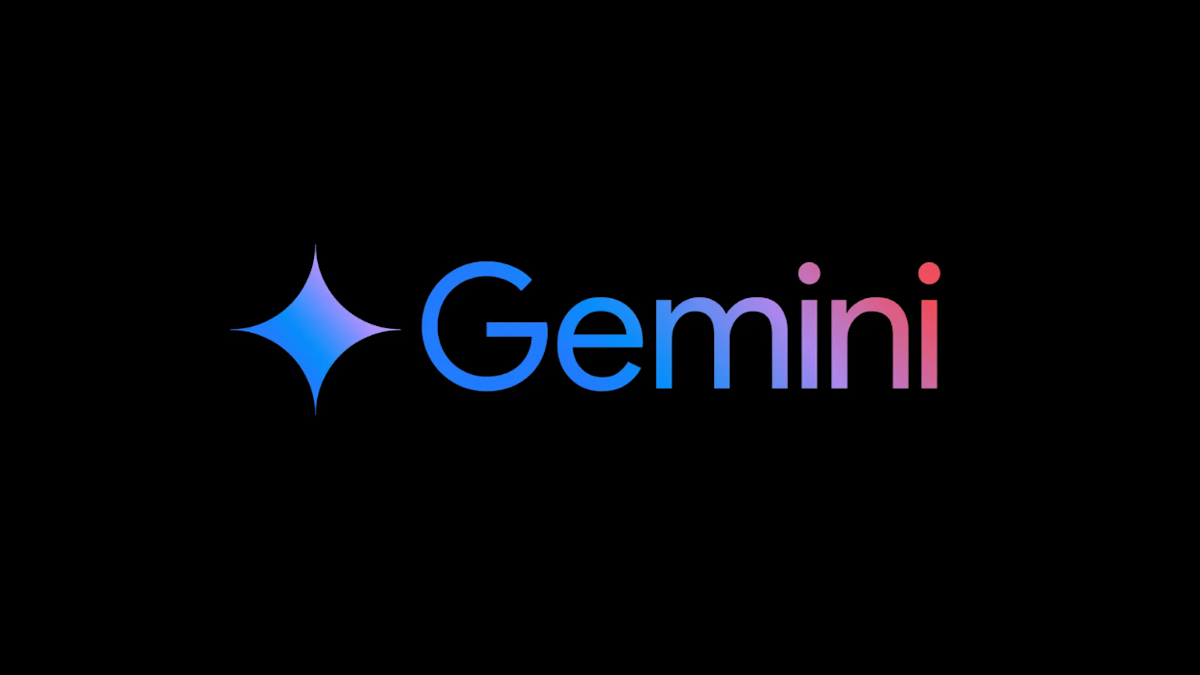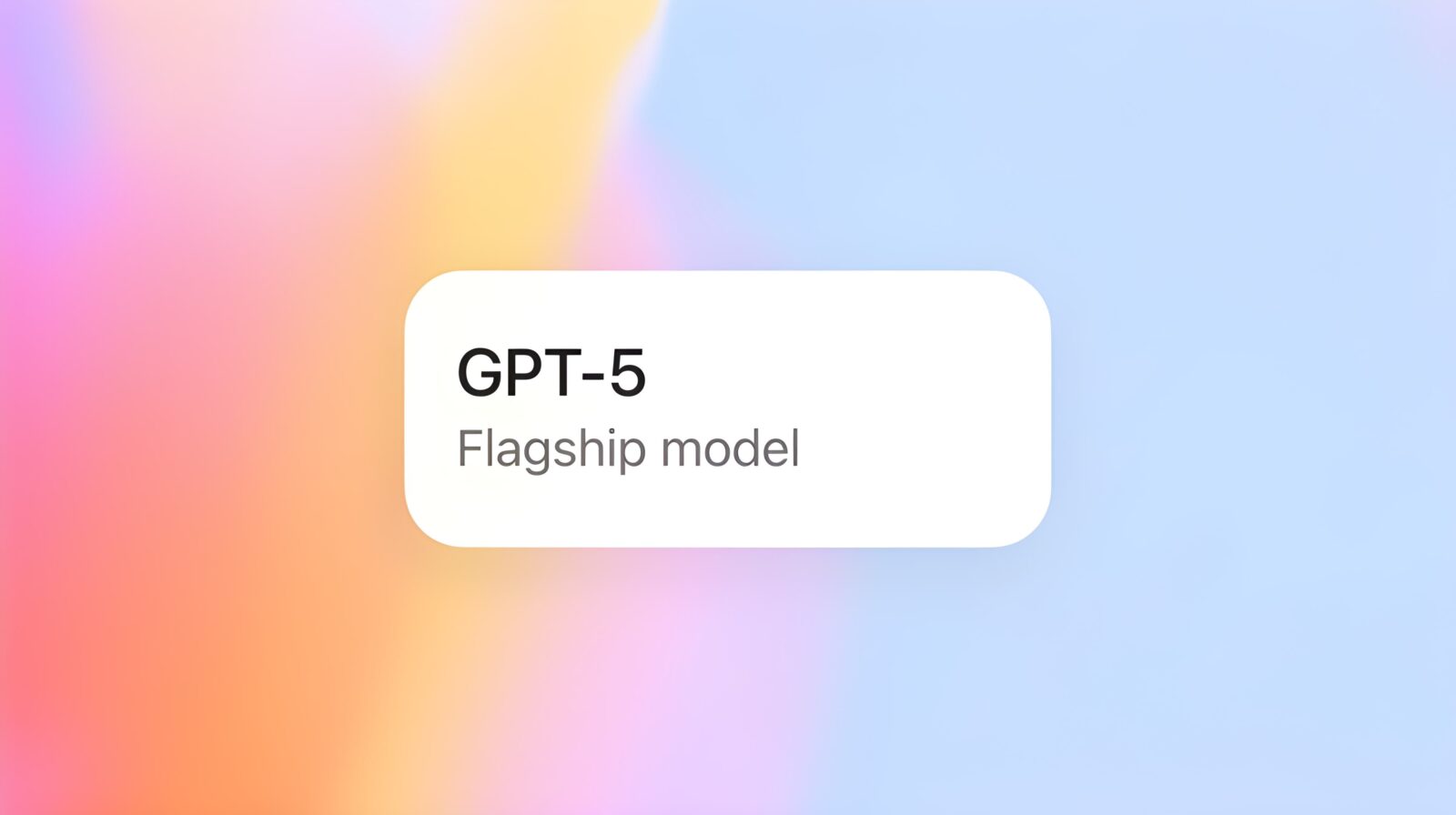Google has officially launched Android 16, introducing several functional improvements to the mobile OS, but the most anticipated part of the update—the Material 3 Expressive visual overhaul—is still months away. According to internal information cited by Android Authority, the redesign is now expected to debut on September 3, 2025, leaving the initial rollout of Android 16 feeling somewhat incomplete.
Material 3 Expressive, which builds on Google’s existing design language, promises a more refined visual experience with updated iconography, typography, and color dynamics. The redesign also aims to introduce more fluid, natural animations across the interface. While traces of the updated design language can be spotted in the current QPR1 beta, the full UI transformation will only become widely available in future beta builds and the September release.
In the meantime, Android 16 brings a collection of smaller but practical features, including support for Live Updates—progress-based notifications designed to offer more dynamic feedback within apps. However, Google has noted that this feature is still being phased in, and users won’t experience its complete functionality until a subsequent update is pushed later this year.

For accessibility, Android 16 introduces enhanced controls for users with hearing aids, improving device compatibility and fine-tuning audio settings across the system. These improvements will roll out first to Pixel devices, continuing Google’s pattern of seeding new features through its flagship phones before broader adoption across the Android ecosystem.
Pixel 8 users and later models can also try out an early version of Android’s new desktop mode, another feature slated for full implementation in September. This mode is Google’s latest attempt to bring a desktop-style interface to smartphones and tablets—similar to Samsung’s DeX. It enables multi-window resizing, better large-screen optimization, and external display support for a more PC-like workflow. While still in beta, these features hint at Android’s growing ambitions beyond the mobile form factor.
The staggered rollout raises questions about Google’s pacing, especially as competitors move faster to unify design and function. Android 16 appears to be an interim step—a necessary foundation for more cohesive changes to come. With both Material 3 Expressive and a revamped desktop experience scheduled for September, the next few months will likely determine how well Android can evolve to meet the expectations of users seeking both performance and polish.
For now, Android 16 delivers some welcome upgrades, but its most visible—and arguably most marketable—features remain on hold. As the platform waits for its visual identity to catch up with its capabilities, users will need to rely on beta programs and future quarterly updates to see the full picture.






